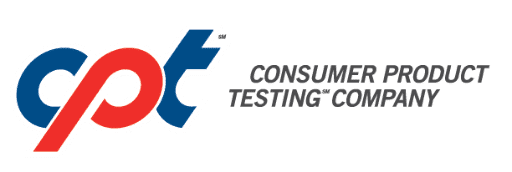Each of the following topics will be discussed over the course of this three-part article exploring Drug Product Contaminants:
- Definition of a Drug Product Contaminant
- Types of Contaminants that are Found in Drug Products
- Classification of Drug Product Chemical Contaminants and their Sources
- API Impurities
- Extractables And Leachables
- Supply Chain Contaminants
- Assembling a Complete Chemical Contaminant Profile for each Drug Product
- Testing Packaged Drug Products for the Presence of Profiled Chemical Contaminants
Definition of a Drug Product Contaminant
A drug product contaminant is a material, compound or organism that is found in a drug product, which was not intentionally added to that product. Drug product contaminants are generally viewed as being undesirable and objectionable.
Types of Drug Product Contaminants
Physical Contaminants
Examples: Fibers, hair, stainless steel shavings, ‘dirt’ and insect parts.
Chemical Contaminants
Examples: Benzene, Mercury, Phthalate Compounds, Catalyst and Drug Degradants.
Microbiological Contaminants
Examples: Pathogens and Molds.
Radiological Contaminants
Examples: Any radioactive material.
We’ll be focusing on Chemical Contaminants for this article.
Drug Product Chemical Contaminants in the Year 2022
There have been growing concerns over the increasing number of chemical contaminants being found in today’s drug products. A recent example was the discovery of benzene in aerosol OTC Sunscreen products, which resulted in high-profile product recalls in 2021. One might argue that chemical contaminants have always been present in drug products and that the ever-increasing sensitivity of analytical instrumentation now allows for their detection and quantitation.
Many consider the “modern era” of analytical chemistry to have begun in the 1970s with the introduction of new technology (e.g., HPLC and microprocessors) and the development of more sensitive modes of detection. The discovery of Nitrosamines and 1,4-Dioxane in cosmetic products during the late 1970s directly resulted from “modern era” advances in analytical chemistry. We can expect technological progress to continue along these lines, which could lead to the discovery of even more chemical contaminants in our drug products.
Classification of Drug Product Chemical Contaminants
Active Pharmaceutical Ingredient (API) Impurities
Related exclusively to the API, its synthesis, processing and degradation.
Extractables and Leachables (E&Ls)
Related exclusively to plastic container/closure/delivery systems and primary container labeling systems.
(Starting in 2026, E&Ls will also relate to plastic components and systems utilized in the manufacturing and processing of drug products.)
Supply Chain Chemical Contaminants
Related exclusively to raw materials (other than APIs) and processing aids.
API Impurities
API Impurities may be divided into the following three categories of chemical contaminants:
Organic Impurities
Includes API starting materials, by-products, intermediates, degradants, reagents, ligands and organic catalysts.
Inorganic Impurities
Includes heavy metals, other residual metals, inorganic salts, reagents, ligands, metallic catalysts and filtering aids.
Residual Solvents
Includes processing solvents.
Let CPT Assist with Your Assessment of Drug Product Chemical Contaminants
CPT’s Analytical Chemistry Lab is equipped with state-of-the-art instrumentation and staffed by a team of seasoned chemists having a wealth of experience testing for low-level chemical contaminants. Why not give us a call today so that we can begin to assist you in the testing of your raw materials and packaged drug products for expected, suspected and even unexpected contaminants?


